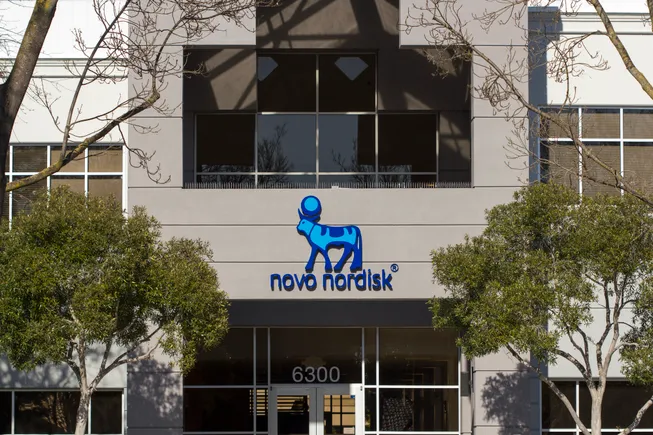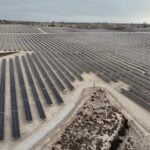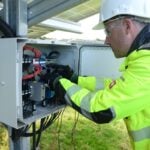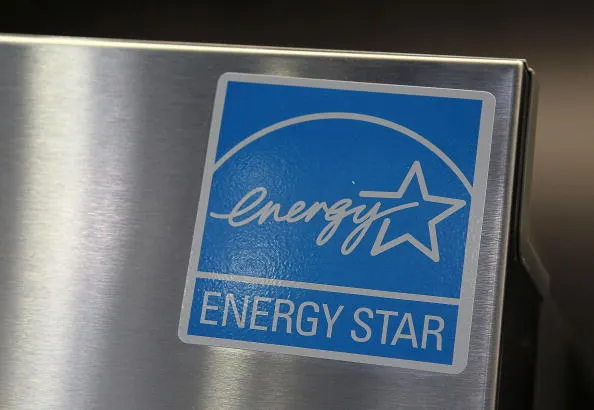Manipulating Intermediate Surface Energy for High‐Performance All‐Inorganic Perovskite Photovoltaics
Advanced Energy Materials, Volume 15, Issue 18, May 13, 2025.

The perfluorinated compound regulates the colloidal particle size in perovskite precursors, increasing nucleation density and reducing the crystallinity of DMAPbI3 and Cs4PbI6 intermediates. These small, high-energy intermediates rapidly react during annealing, yielding high-quality perovskite films without secondary phases.
Abstract
The complete phase transition from DMAPbI3 and Cs4PbI6 intermediates to the final CsPbI3 perovskite phase is pivotal for fabricating high-quality inorganic perovskite films. In this study, the reaction energy barrier between DMAPbI3 and Cs4PbI6 is sought to be reduced by increasing their surface energy, where a perfluorinated compound is designed using DFT modeling to saturate the surface of the intermediates to effectively prevent their crystalline growth. Consequently, the smaller intermediates with ultrahigh surface energy react more energetically to facilitate a rapid conversion to the desired perovskite phase. It is found that the resultant inorganic perovskite shows improved crystallinity and morphology, as demonstrated by suppressed non-radiative recombination and prolonged carrier lifetimes. As a result, the optimized inorganic perovskite solar cells (PSCs) achieve a power conversion efficiency (PCE) of over 20%, along with significantly improved light and thermal stability. This work provides a way to regulate crystallization dynamics for advanced quality of inorganic perovskites.


















































































































































